FERTILIZE

Feed annual winter bloomers such as alyssum, dianthus, and especially pansies after Valentine’s Day. Use liquid fertilize on cool-season vegetables like leafy greens, brassicas, and onions if needed. Hold off fertilizing lawns until April. Avoid weed and feed products.
WATER

Water everything well before a freeze, but avoid overwatering. Water container plants as needed.
PLANT

Move hardy seedlings outdoors late in the month but be ready to protect from freezing temperatures. Divide and transplant perennial herbs and summer and fall blooming perennial flowers. Give away extras to the neighbors! Plant summer bulbs like gladiolus late in the month. This is the last month to set out cool-season vegetables like cauliflower, broccoli, and cabbage. Plant seeds for beets, turnips, and carrots later in the month.
SOIL
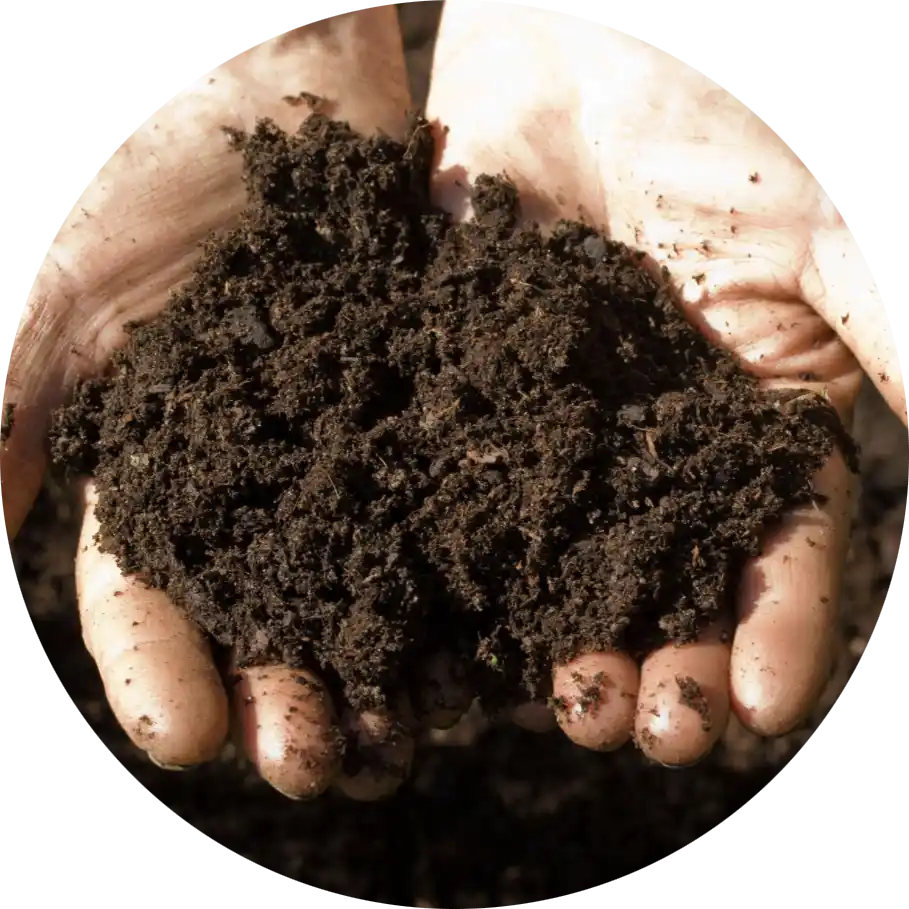
Add compost and/or fertilizer to ornamental beds according to the soil test results. Loosen the soil. Check winter mulch and replenish if needed. Stockpile leaves for mulch and composting throughout spring and summer.
LAWNS
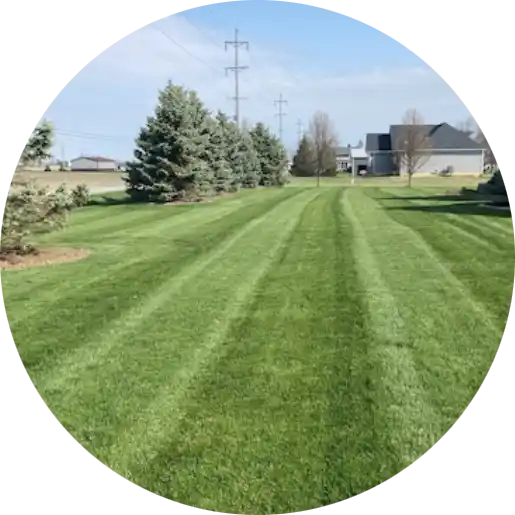
If lawn has a history of brown patch problems, treat with a labeled fungicide late in the month. Repeat treatment in three or four weeks, if needed.
DISEASE/PEST
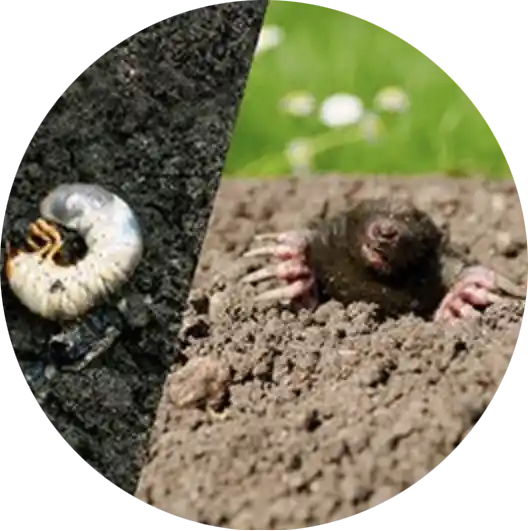
Spray fruit trees with horticulture grade dormant oil just prior to bud break. See the Homeowners Fruit and Nut Spray Schedule for more details. Avoid weed & feed products. Spot treat for weeds as they appear. Check for hanging bags of bark on other trees – it’s usually the first sign of potential bagworm problems. Snip out these pouches and destroy them. Check fruit trees and ornamental pears for blackened shoots that may indicate fireblight damage. Prune back to four inches into healthy tissue and discard the diseased plant material. Disinfect your pruners with alcohol. Wipe the blades with a coat of oil to prevent rust.
MAINTENANCE
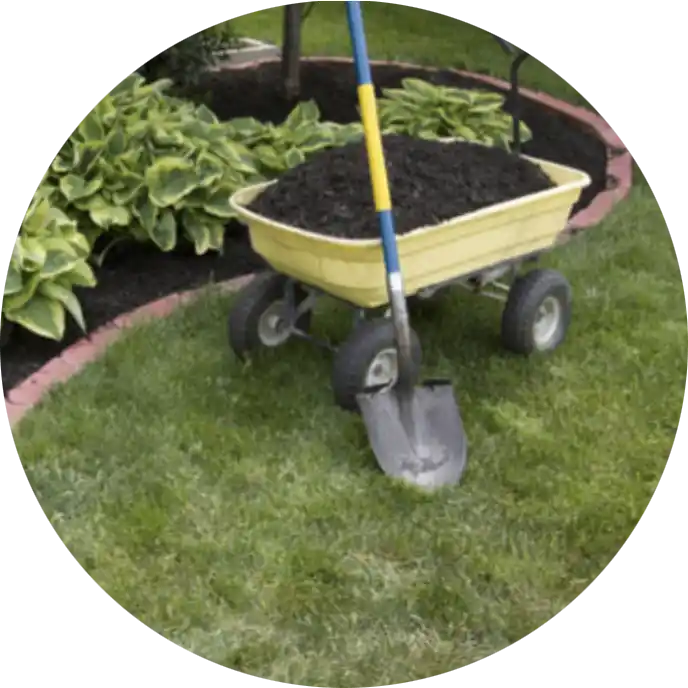
Prune roses after Valentine’s Day. Prune fruit trees after bud break. See the Earth-Kind® Landscaping Follow Proper Pruning Techniques guide. Cut back all perennial flowers and ornamental grasses. Cut perennials two to four inches above the ground. For grasses, but back to six to 10 inches. Prune summer blooming shrubs like oleander or vitex. Wait to prune spring blooming shrubs until after they bloom. Selective prune other woody shrubs and trees (except oaks) to maintain form and remove damaged branches or stems. Avoid pruning oaks from February 1 to June 30 to help stop the spread of Oak Wilt. Keep collecting leaves to use as mulch or to be added to compost later.
GARDEN
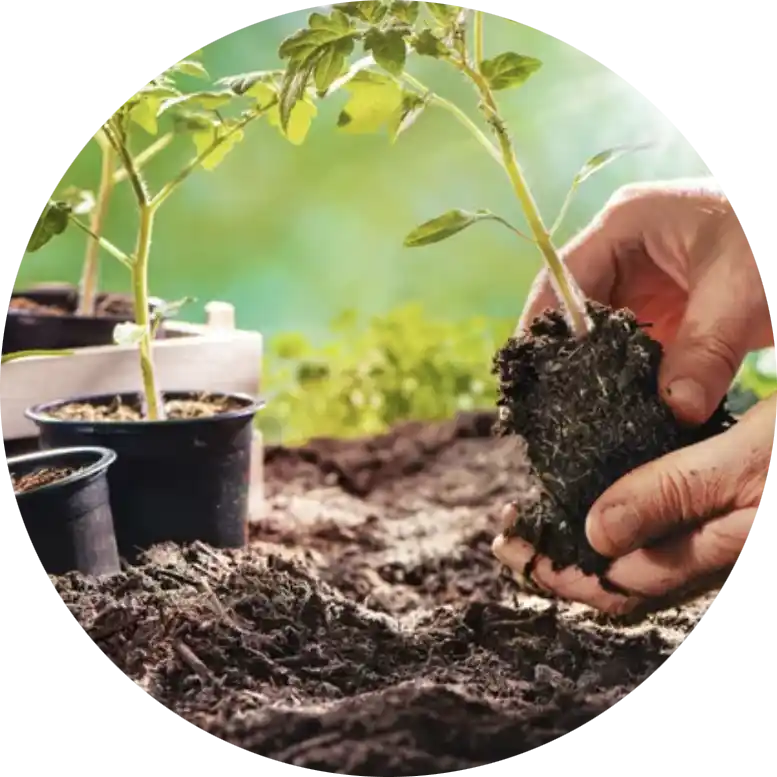
Hurry to plant sugar snap, snow, or English peas at the beginning of the month. They need 50 to 60 days to start producing before the warm weather settles in for good. Get your tomato cages ready, think about letting some brassica plants flower to attract beneficial insects, and if you’re growing your own tomato or pepper starts, it might be time to move them into a bigger container. Start exposing them to the outdoors on very mild days in well protected spots to get them ready for transplanting. See the full Vegetable Garden Planting Guide (en español) and Vegetable Varieties for Central Texas. There is still time to plant onions. Fertilize onions 3-4 weeks after planting by sprinkling fertilizer along the outer edge of the row (called sidedressing,) about 6-8 inches from the plants, rake it into the soil then water in well. Use 1 cup of fertilizer for 20 feet of plants. Fertilize onions again when the bulbs begin to swell. Fertilizing onions can make a big difference. Every leaf on an onion plant corresponds to a ring so remember that it is important to grow leaves – the more leaves on the plant the more rings on the bulb. Make sure to water onions consistently.
TREECARE
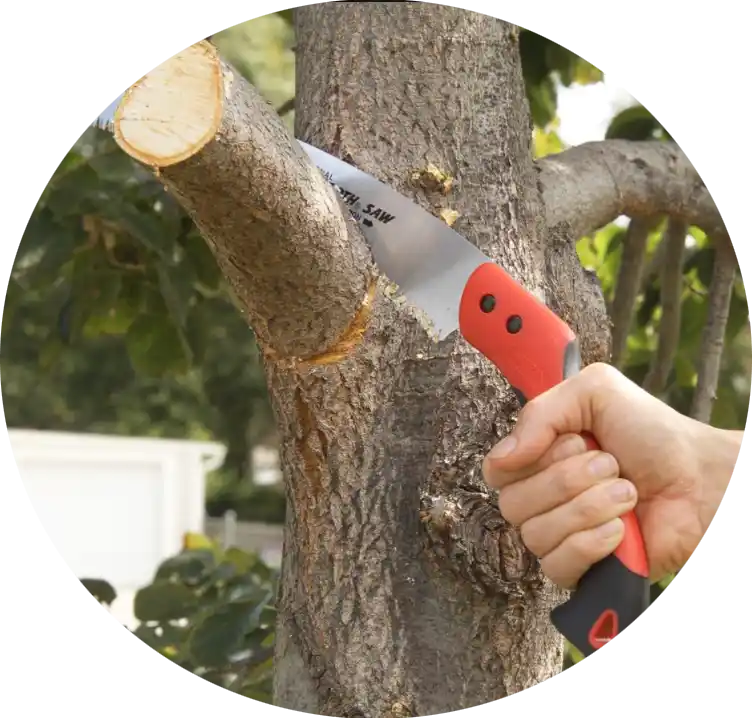
What you can do:
- Plan to have fruit bearing trees pruned before bud break.
- Plan for your spring planting needs.
- Begin to consider the coming insect onslaught that starts in spring.
Consider requesting a professional to:
- Continue dormant pruning of ornamental and shade trees.
- Prune fruit trees to enhance fruit production.
- Consultation for spring planting of trees.
- Dormant oil spray for control of over-wintering insects.

